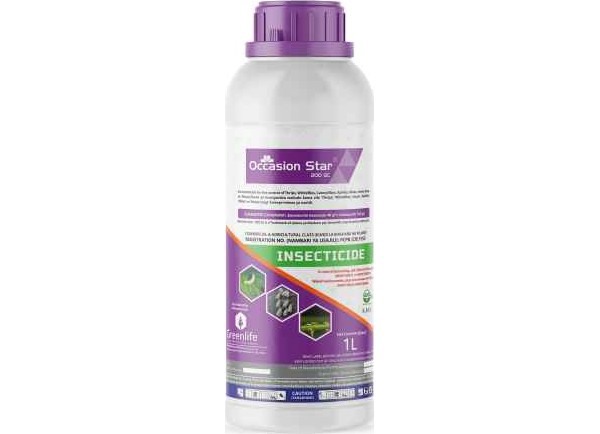False Codling Moth (FCM) is a quarantine pest that causes significant crop damage in roses. False Codling Moth (FCM) has led to some interceptions in the market, making growers unable to export their cut flowers translating into loses.
FCM is a major pest, feeding on a wide range of rose varieties and lately it has been detected on Gypsophila. It survives under warm and humid conditions producing up to five generations annually. The life cycle of the false codling moth includes egg, larval, pupa and adult. The larvae are categorized into different instars according to their lengths. The first four instars are white in color but this changes to pink with a distinctive black head capsule. A complete life cycle can take up to 175 days depending on environmental factors. A female moth can lay up to 400 flattened-oval, pin-head sized eggs, usually placed singly. Young caterpillars are yellowish white with dark spots. Larvae can grow to be 1/2 inch in length and are bright red or pink with a yellow-brown head. Eggs are usually laid at night and with a diameter of 1mm. Hatching takes places between 2 to 22 days .The hatched larvae live for 12 to 65 days depending on the weather conditions and upon maturity they exit the fruit and drop to the ground on silken threads.
Larvae stages are the most destructive and it’s during this stages they will attack the crop boring a hole while feeding and dwelling in it till they pupates and gradually falling to the ground. Maturity is temperature and gender dependent, with males maturing earlier in warmer conditions compared to female FCM.
FCM in roses are identified from any occurrence of small holes in petals. Once the pest is in larvae stage, it goes straight to the center of the bud destroying the plant.
Integrated pest management (IPM) ways of FCM control and management in roses such as chemical application, using pheromones and biological control methods, cultural control practices such as field sanitation, removal and destruction of infested flower buds are options towards reducing the levels of FCM in the fields. Greenlife Crop Protection advices use of Ocassion Star 200SC, An insecticide with a combination of Emmamectin Benzoate and Indoxacarb with contact and stomach poison action especially for broad spectrum control of chewing pests such as caterpillars, bollworms, leaf worms, leaf miners in vegetables and ornamentals.

Occasion Star 200SC is an enhanced fast and effective insecticide with contact and stomach poison activity for broad spectrum control of chewing insect pests such as caterpillars, leafminers, bollworms, webworms, budworms, leafworms, fall armyworms, thrips and spidermites in agricultural crops.
For mor e information
e information
Greenlife Crop Protection Africa
www.greenlife.co.ke
